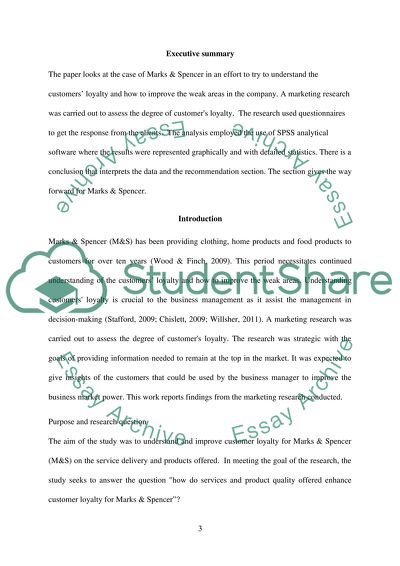Cite this document
(“Customer insight project Research Paper Example | Topics and Well Written Essays - 2500 words”, n.d.)
Customer insight project Research Paper Example | Topics and Well Written Essays - 2500 words. Retrieved from https://studentshare.org/marketing/1691029-customer-insight-project
Customer insight project Research Paper Example | Topics and Well Written Essays - 2500 words. Retrieved from https://studentshare.org/marketing/1691029-customer-insight-project
(Customer Insight Project Research Paper Example | Topics and Well Written Essays - 2500 Words)
Customer Insight Project Research Paper Example | Topics and Well Written Essays - 2500 Words. https://studentshare.org/marketing/1691029-customer-insight-project.
Customer Insight Project Research Paper Example | Topics and Well Written Essays - 2500 Words. https://studentshare.org/marketing/1691029-customer-insight-project.
“Customer Insight Project Research Paper Example | Topics and Well Written Essays - 2500 Words”, n.d. https://studentshare.org/marketing/1691029-customer-insight-project.


